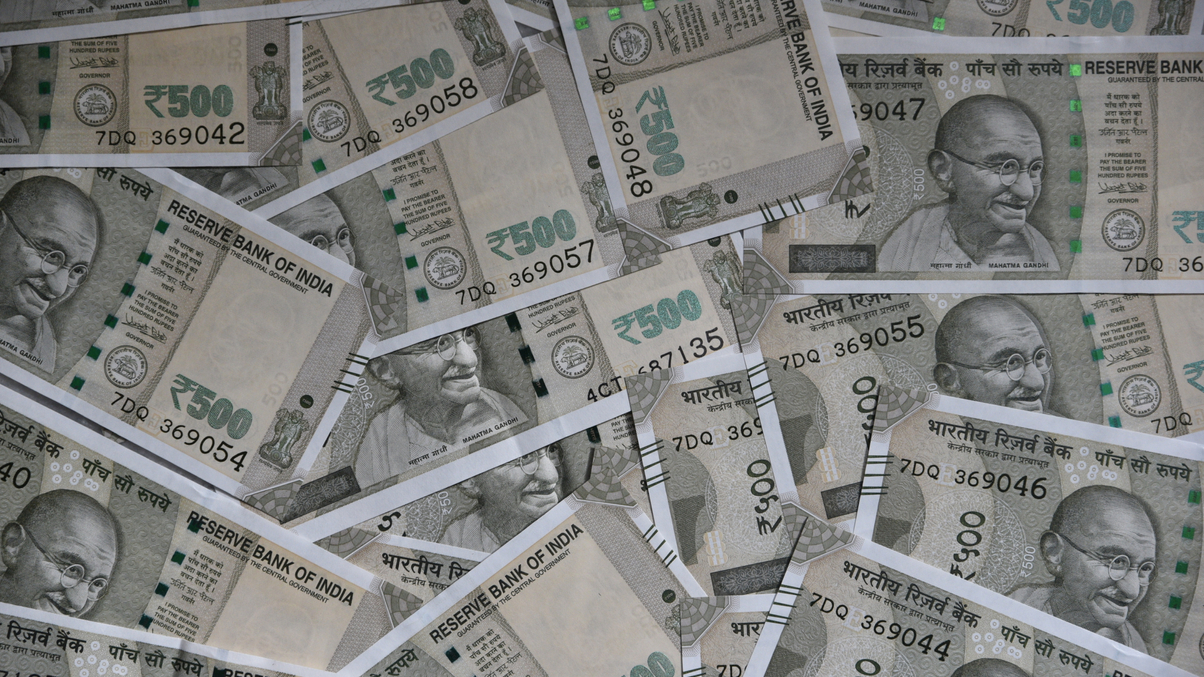Hefty taxes restrain HNWI attraction to Indian private debt
Wealth experts say Indian private debt is attracting more investors, particularly in light of distressed debt reforms, but heavy taxation is crimping more rapid market growth.

India’s budding private debt market is growing in double digits and attracting the attention of high net worth individuals (HNWIs), in large part courtesy of bad debt reforms the country began implementing a year ago, say market experts.
Sign in to read on!
Registered users get 2 free articles in 30 days.
Subscribers have full unlimited access to AsianInvestor
Not signed up? New users get 2 free articles per month, plus a 7-day unlimited free trial.
¬ Haymarket Media Limited. All rights reserved.


